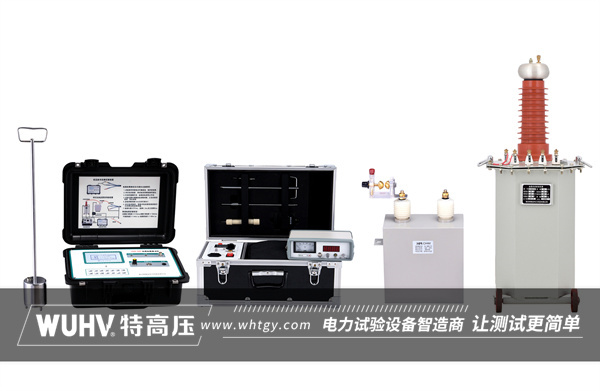The cable fault testerunder Wuhan UHV can help many power workers conduct various power tests more conveniently.

Low voltage pulse method (also known as pulse reflection method) is a technique used for cable fault detection and location. This method is based on the principles of electromagnetic wave transmission and reflection, by sending low-voltage pulse signals into the cable and detecting the reflected signals to determine the fault point in the cable.
working principle
Signal transmission: The low-voltage pulse method uses a pulse generator to send a low-voltage pulse signal to one end of the cable.
Signal propagation: Pulse signals propagate along cables at a certain speed. When the pulse signal encounters impedance discontinuities in the cable (such as fault points, joints, terminals, etc.), reflection occurs.
Signal reception: The cable fault tester will receive and record the reflected pulse signal.
Fault location: By analyzing the time difference between the transmitted pulse signal and the reflected pulse signal, and knowing the propagation speed of the pulse signal in the cable, the distance from the fault point to the test point can be calculated.
Application scope
The low-voltage pulse method is mainly used for detecting low resistance faults and open circuit faults in cables. It is suitable for various types of cables, including power cables, communication cables, etc. This method has the advantages of simple operation, fast speed, and high accuracy, and has therefore been widely used in the field of cable fault detection.
matters needing attention
Pulse width selection: Choosing the appropriate pulse width is crucial for improving detection accuracy and reducing blind spots. A narrower pulse width can provide higher resolution, but it can also increase signal attenuation and noise interference.
Signal attenuation: Pulse signals experience attenuation when propagating in cables, which can affect the strength and detection accuracy of reflected signals. Therefore, when conducting long-distance cable testing, it is necessary to consider the impact of signal attenuation.
Noise interference: Electromagnetic noise and other interference signals in the environment may affect the reception and analysis of reflected signals. Therefore, when conducting testing, it is necessary to choose an appropriate testing environment and take necessary anti-interference measures.
induce
Low voltage pulse method (pulse reflection method) is a cable fault detection method based on the principles of electromagnetic wave transmission and reflection. It determines the fault point in the cable by sending low-voltage pulse signals to the cable and detecting reflected signals. This method has the advantages of simple operation, fast speed, and high accuracy, and is widely used in the field of cable fault detection. When conducting detection, attention should be paid to the selection of pulse width, signal attenuation, and noise interference.



















